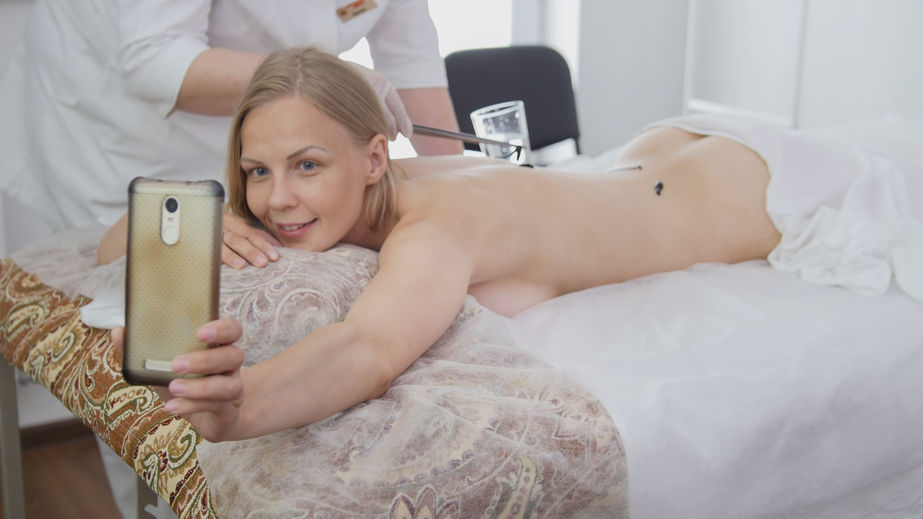
Hirudotherapy History
Medicinal leech therapy ranges as far back as 1,500 B.C., with Sanskrit writings detailing the use of the practice. Hippocrates famously introduced leech therapy to Greece, but long before that the practice was well in use by ancient Mesopotamians, Mayans, Aztecs and Egyptians.
Leech therapy saw a renaissance in the eighteenth and early nineteenth centuries as it regained popularity, during which times the sudden high demand of leeches led to the virtual eradication of naturally occurring leech specimen in Ireland.
In medical environments, medicinal leech therapy regained popularity in the 70s as a tool during and after surgery. Medicinal leech therapy because an FDA-approved practice for the use in plastic and reconstructive surgery in 2004.
What are some of the major indications for Hirudotherapy?
✓ Cardiovascular (neurovegetative dystonia, varicose veins, thrombophlebitis, ischemic heart disease, trophic ulcers, coronary heart disease, prevention of myocardial infarction, hypertension, etc)
✓ Neurological issues (Parkinson’s disease and Alzheimer’s, carpal tunnel syndrome, neuropathy, neuralgia, back pain, encephalopathy, early stage of Multiple Sclerosis)
✓ Urological issues (chronic cistitis, potency disorders, angiogenic, symptoms of chronic renal failure, prostatitis, priapism, and cystitis)
✓ Gastroenterological problem (inflammation of the duodenum and stomach, hemorrhoids, colitis, gastroesophageal reflux, pancreatitis, chronic hepatitis. Some other issues could be Meniere’s disease and vertigo, sinusitis, chronic tonsillitis, chronic otitis media in various locations)
✓ Gynecological issues (chronic and acute inflammation of the pelvis, alleviating the symptoms of menopause, infertility, uterine fibroids, inflammation of the appendages, etc)
✓ Ophthalmic issues (diabetic retinopathy, macular degeneration, post-traumatic hematoma of the eyeball, glaucoma, respiratory inflammation of ocular vascular, and more)
It’s important to notice that leech therapy includes an initial bite that is normally a painless bite, followed by the sucking of 5 to 15ml blood.
